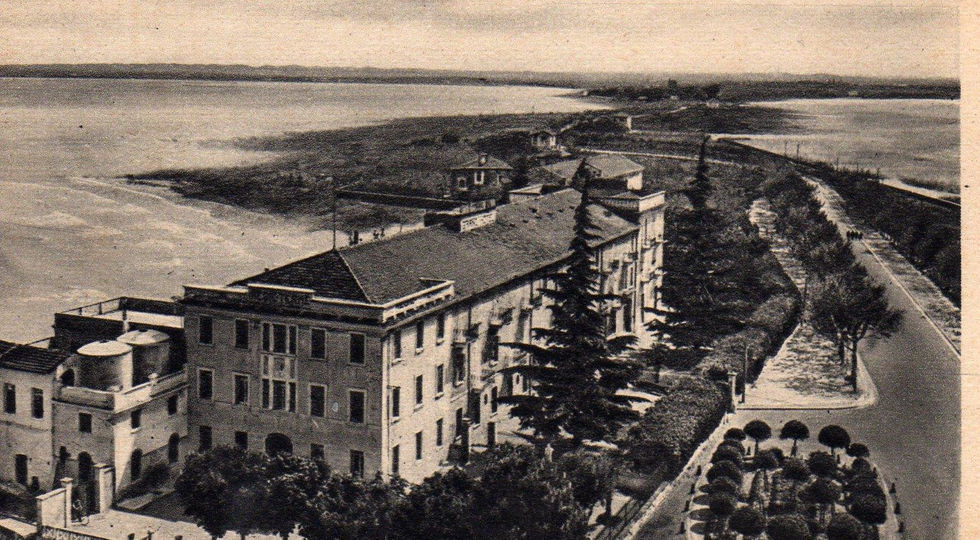

THE HISTORY OF SIRMIONE
Ancient origins and Roman period
Sirmione boasts human settlements since the Neolithic, as demonstrated by the findings of pile dwellings in the areas of Maraschina and Lugana Vecchia. During the Roman era, the city became an important urban center, located along the Via Gallica that connected Brescia and Verona. One of the most significant testimonies of this period is the grandiose Roman villa known as the Grotte di Catullo, built between the end of the 1st century BC and the 1st century AD


Middle Ages and Scaliger rule
In the Middle Ages, Sirmione was the scene of clashes between various factions. In 1276, Mastino I della Scala, lord of Verona, besieged the city to repress a community of Patarini heretics. During the Scaligeri rule, the Scaligero Castle was built, a fortified fortress that still dominates the entrance to the historic center. bresciavintage.it+5Wikipedia+5Tutto Garda+5
.
Venetian and Habsburg era
From 1405 to 1797, Sirmione was part of the Republic of Venice, maintaining a strategic role in the control of Lake Garda. Subsequently, with the Treaty of Campoformio, it passed under Austrian rule, becoming part of the Lombardo-Veneto Kingdom. The Times Wikipedia
From the Unification of Italy to the Present Day
After the second Italian war of independence in 1859, Sirmione was annexed to the Kingdom of Sardinia, becoming part of the province of Brescia. At the end of the 19th century, a thermal spring was discovered 19 meters below the lake level, giving impetus to the tourist development of the city. sirmioneweb.com+3Wikipedia+3sir
SOME PHOTOS AND HISTORICAL POSTCARDS OF SIRMIONE






